Modulation of foraging strategy in response to distinct prey items and their scents in the aquatic frog Xenopus longipes (Anura: Pipidae)
(2018)
Journal Article
Michaels, C. J., Das, S., Chang, Y. M., & Tapley, B. (2018). Modulation of foraging strategy in response to distinct prey items and their scents in the aquatic frog Xenopus longipes (Anura: Pipidae)
Aquatic predators must forage for prey in a complex three-dimensional environment where the availability of different prey types with different spatial niches may vary. Aquatic predators have evolved a number of ways in which they may respond to this... Read More about Modulation of foraging strategy in response to distinct prey items and their scents in the aquatic frog Xenopus longipes (Anura: Pipidae).
